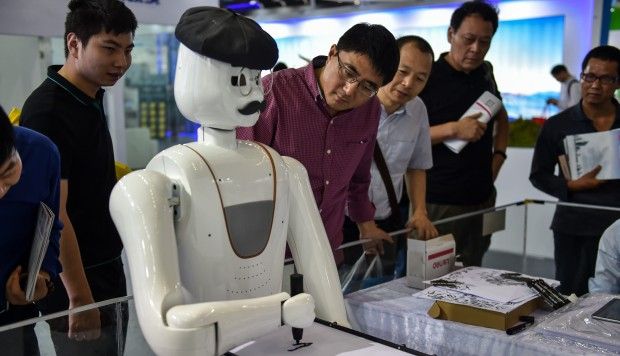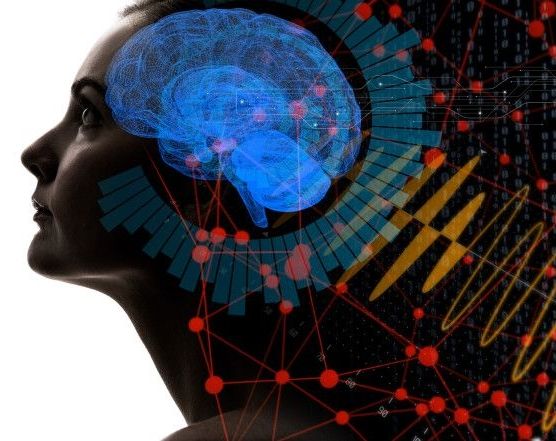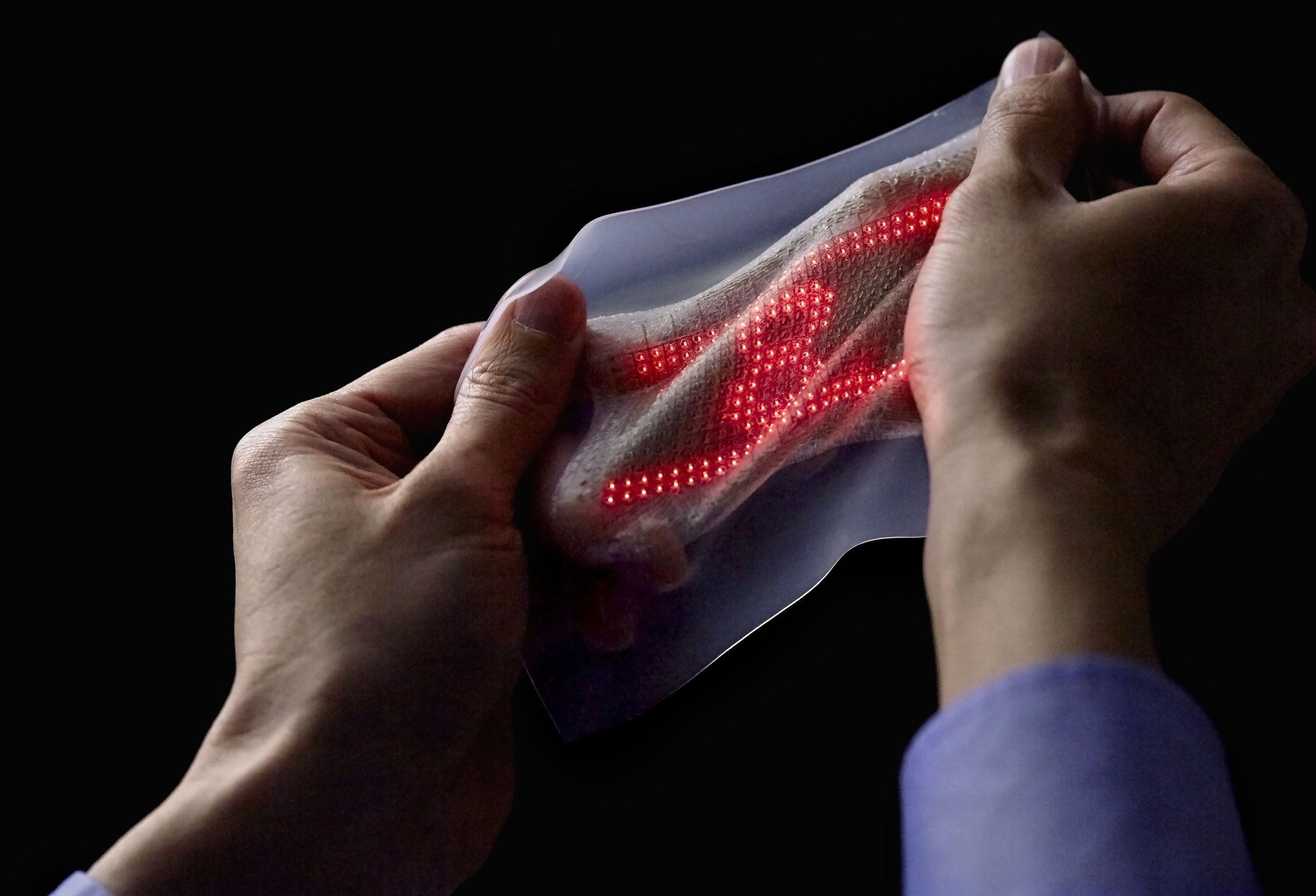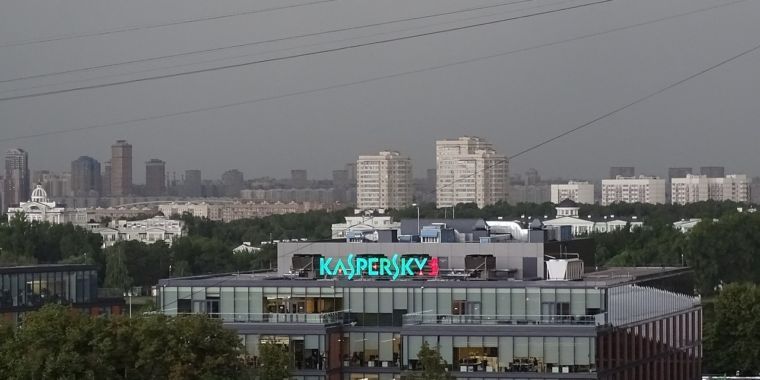State broadcaster China Central Television (CCTV) and Tencent Research surveyed 8.000 respondents on their attitudes toward AI as part of CCTV’s China Economic Life Survey. The results show that 76.3 per cent see certain forms of AI as a threat to their privacy, even as they believe that AI holds much development potential and will permeate different industries. About half of the respondents said that they believe AI is already affecting their work life, while about a third see AI as a threat to their jobs.
A China Central Television and Tencent Research survey found that three in four respondents are worried about the threat that artificial intelligence poses to their privacy.









